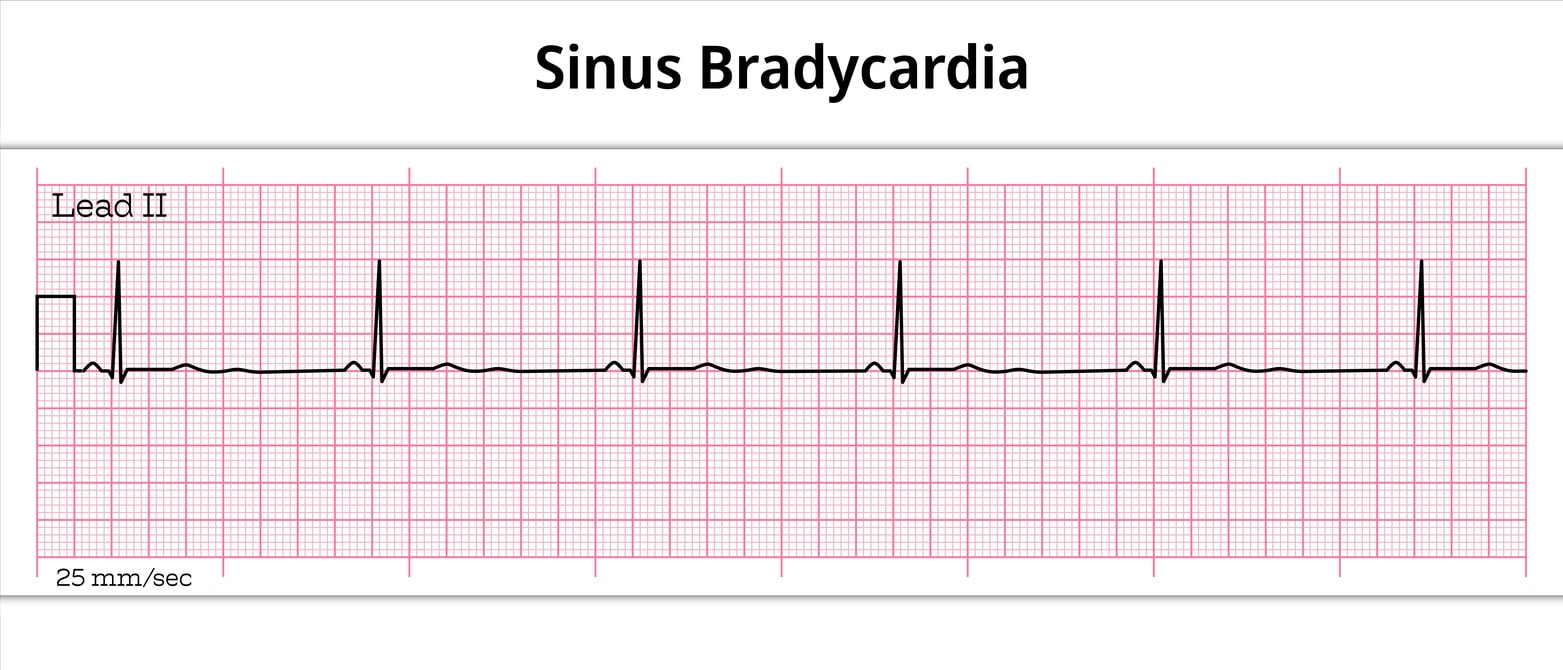

Knowing how to perform CPR on an infant is a skill that can save a life. Cardiac arrest in infants, though less common than in adults, requires immediate and specialized action. The Basic Life Support (BLS) Infant CPR Algorithm provides a clear, step-by-step framework for rescuers to follow during these critical moments. This guide will walk you through the official algorithm, ensuring you understand each step and can act with confidence.
Unlike adult CPR, the infant algorithm accounts for the unique physiology of babies (individuals under one year of age, excluding newborns). The most common causes of cardiac arrest in infants are respiratory issues, making prompt rescue breathing and high-quality chest compressions essential. Following these established guidelines significantly increases the chances of a positive outcome.
When faced with an unresponsive infant, it is crucial to act quickly and systematically. The BLS algorithm provides the necessary structure to ensure no critical step is missed.
Before you approach the infant, your first priority is to ensure the environment is safe for both you and the baby. Look for any immediate dangers, such as traffic, fire, or electrical hazards. A rescuer who becomes a victim cannot help anyone. Once you confirm the scene is safe, you can proceed with the assessment.
Gently tap the bottom of the infant’s foot and shout their name or ask loudly, “Are you okay?” Never shake an infant, as this can cause serious injury. While checking for a response, simultaneously scan the infant’s chest for movement to assess their breathing. Look for normal, regular breaths. Irregular gasping, known as agonal breathing, is not considered normal breathing and is a sign of cardiac arrest.
If the infant is unresponsive and not breathing (or only gasping), you must act immediately.
How you call for help depends on whether you are alone or if another person is present.
For an infant, the recommended site to check for a pulse is the brachial artery. This is located on the inside of the upper arm, between the elbow and the shoulder. Place two fingers on the artery and feel for a pulse for at least 5 seconds, but no more than 10 seconds.
High-quality CPR is the cornerstone of the BLS Infant CPR algorithm. It involves a cycle of chest compressions and rescue breaths.
The technique for compressions depends on whether one or two rescuers are present.
Regardless of the technique, follow these guidelines:
After 30 compressions (or 15 if two rescuers are present), it is time to give rescue breaths.
The correct ratio is 30 compressions to 2 breaths for a single rescuer and 15 compressions to 2 breaths for two rescuers.
As soon as an AED is available, use it. For infants, it is best to use an AED with pediatric pads and an attenuator, which reduces the energy of the shock. If pediatric pads are not available, you can use adult pads, but ensure they do not touch each other. Place one pad on the center of the infant’s chest and the other on the center of their back.
Continue CPR cycles and follow the AED’s prompts until emergency medical services arrive or the infant begins to show signs of life.
Reading about the BLS Infant CPR algorithm is an important first step, but nothing replaces hands-on training. At Safety Training Seminars, we believe that practical skills and expert guidance are what truly prepare you to act confidently in an emergency. Our courses are taught by experienced instructors who ensure you master these life-saving techniques.
We offer official American Heart Association (AHA) certification classes for BLS, CPR, and First Aid at over 70 locations across California. Our blended learning model combines a flexible online course with a brief, in-person skills session, making it convenient to get certified. You’ll practice on state-of-the-art manikins and receive your certification card the same day. Book a class with us today and gain the skills and confidence to save a life.